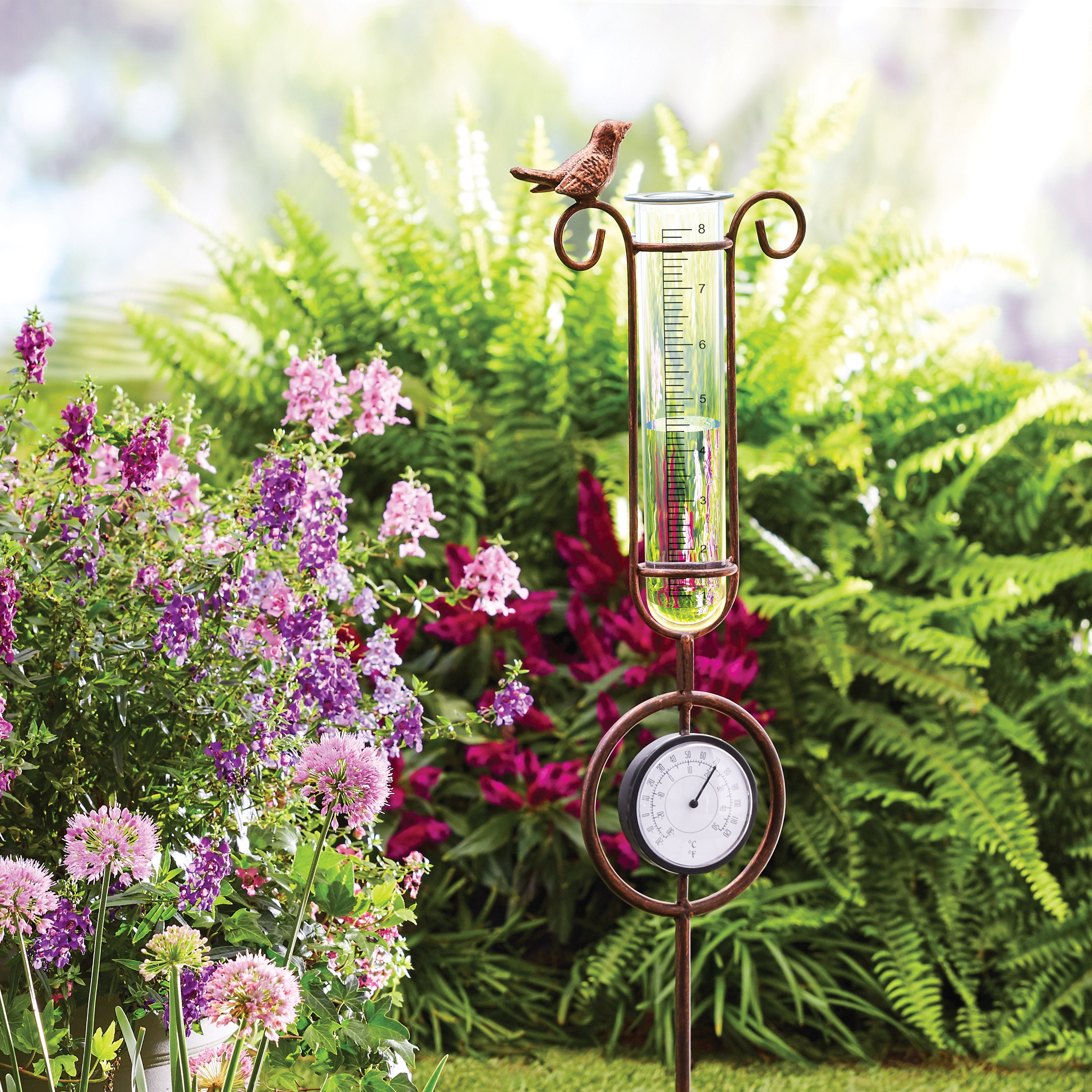The Rain Gauge: Deciphering Rainfall Patterns and Enhancing Weather Understanding
Wiki Article
Do It Yourself Rain Scale: Basic Steps to Make Your Own
Creating your very own DIY rainfall scale is a effective and simple method to videotape and measure precipitation. With just a few typical materials and some fundamental actions, you can quickly create your very own rainfall scale at home. Allow's obtain begun on making your Do it yourself rainfall scale today!Gather Products
To start creating your do it yourself rainfall scale, collect all the essential products making use of an extensive list of items. Having the best materials available will ensure the successful creation of your rain scale and permit for exact dimensions of rainfall. You will certainly require a clear plastic container or cyndrical tube, such as a plastic bottle or jar. Make sure the container is transparent to make sure that you can conveniently see the water degree inside. Next, you will require a ruler or gauging tape to note the increments on the container. This will certainly enable you to measure the amount of rainfall accurately. Furthermore, you will need a permanent marker or waterproof tape to note the measurements on the container. This will make certain that the markings continue to be noticeable also when subjected to rain. You will certainly require a sturdy base or stake to safely hold your rain gauge in place. This can be a wood or steel stake that can be inserted right into the ground or a strong flat surface to supply stability. Gathering these products ahead of time will simplify the construction procedure and ensure that you have every little thing you require to create your very own DIY rainfall scale.Prepare the Container

Mark the Measurement Increments
To properly determine the amount of rains, accurately noting the dimension increments on your DIY rainfall gauge is essential. Without precise and clear markings, it would be hard to establish the specific quantity of rains collected in your rainfall gauge. Here are the actions to mark the dimension increments on your rainfall scale.The most common systems for measuring rainfall are millimeters and inches. Once you have picked the unit, utilize an irreversible marker or water resistant paint to note the increments on the side of your rain gauge.
When noting the increments, it is crucial to ensure that they are evenly spaced and plainly noticeable. Make use of a ruler or determining tape to make certain precision and consistency. Furthermore, make certain that the markings are immune to fading or abrading, as exposure to the components might cause them to degrade with time.
Place the Rain Gauge Outdoors
The rain scale need to be placed outdoors to accurately gather rainfall information. The area picked for the rainfall gauge should be open and complimentary from any kind of obstructions that might possibly influence the dimension of rains. It is necessary to discover a place that is not blocked by trees, structures, or various other frameworks that could block the rain from reaching the scale. This will certainly ensure that the gathered data is agent of the real rains in the location.In addition, it is crucial to place the rain scale on a secure surface area, such as a degree ground or a durable message. This will certainly stop any motion or tilting of the scale, which can bring about imprecise measurements. It is likewise suggested to stay clear of positioning the scale near any kind of resources of synthetic water, such as lawn sprinklers or water drainage systems, as this might interfere with the accuracy of the measurements.
Screen and Record Rain Data
Routine monitoring and recording of rainfall data is crucial for exact information analysis and interpretation. By tracking rainfall dimensions, you can get important understandings into climate link patterns, climate fads, and water resource monitoring. To successfully keep track of and videotape rainfall information, it is necessary to develop a routine and keep consistent methods.Firstly, make sure that your rain gauge is placed in an open area away from barriers such as trees or buildings that might block rainfall. In addition, make certain the rain scale is level and safely secured to avoid any kind of movement that might influence the accuracy of the dimensions.

When tape-recording the rainfall data, it is necessary to keep in mind the day and time of each measurement. Use a ruler or a determining stay with figure out page the rains deepness in the rainfall scale, and document this information accurately.
To ensure the precision of the dimensions, it is advised to clear the rainfall gauge after each recording. This will avoid any type of overflow or evaporation from affecting subsequent dimensions.
from this source
Verdict
To conclude, creating a DIY rainfall scale is a basic and useful means to keep an eye on and tape-record rains information (The Rain Gauge). By following the actions detailed in this short article, you can easily gather products, prepare the container, mark the measurement increments, and put the rainfall scale outdoors. Frequently monitoring and videotaping rainfall data can give important info for numerous purposesHaving the best materials on hand will certainly ensure the effective creation of your rainfall gauge and permit for accurate measurements of rainfall.To precisely measure the amount of rains, accurately noting the dimension increments on your DIY rain gauge is essential.The rain gauge need to be placed outdoors to precisely accumulate rainfall information. The area chosen for the rain scale ought to be free and open from any type of blockages that could potentially influence the measurement of rains.In verdict, creating a DIY rain scale is a sensible and simple way to keep an eye on and record rainfall data.
Report this wiki page